TLDR
Yes, you can inspect a septic tank without pumping it, but the inspection is limited. Non-pumping inspections can check water flow, leaks, and tank components, but pumping is required for a full interior evaluation. The choice depends on the purpose of the inspection and the condition of the system.
Understanding Septic Tank Inspections
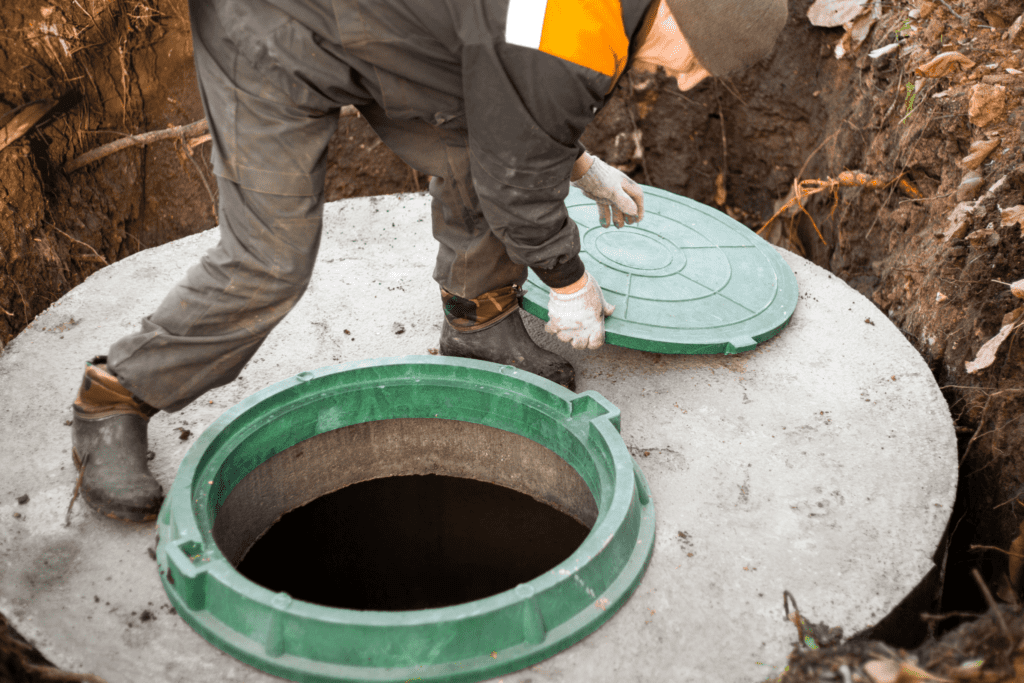
You can inspect a septic tank without pumping, but the level of detail depends on the method used. Pumping allows for a full internal view, but non-pumping inspections still provide useful information.
During an inspection, professionals look for:
- Sludge and scum levels
- Water flow patterns
- Tank baffles and effluent filters
- Evidence of cracks, leaks, or corrosion
Routine checks can be done without emptying the tank. For example, a contractor like Sewer Solutions might use tools such as probes, dye tests, or cameras to review performance. Pumping is only needed if the inspector must see the full interior or measure exact sludge depth. In many cases, homeowners also ask about septic tank setup duration, since the time it takes to install and prepare a system directly affects when inspections and routine maintenance can begin.
Types of Septic Tank Inspections
There are several approaches to inspections. Each has a different level of accuracy.
Visual Septic Inspection
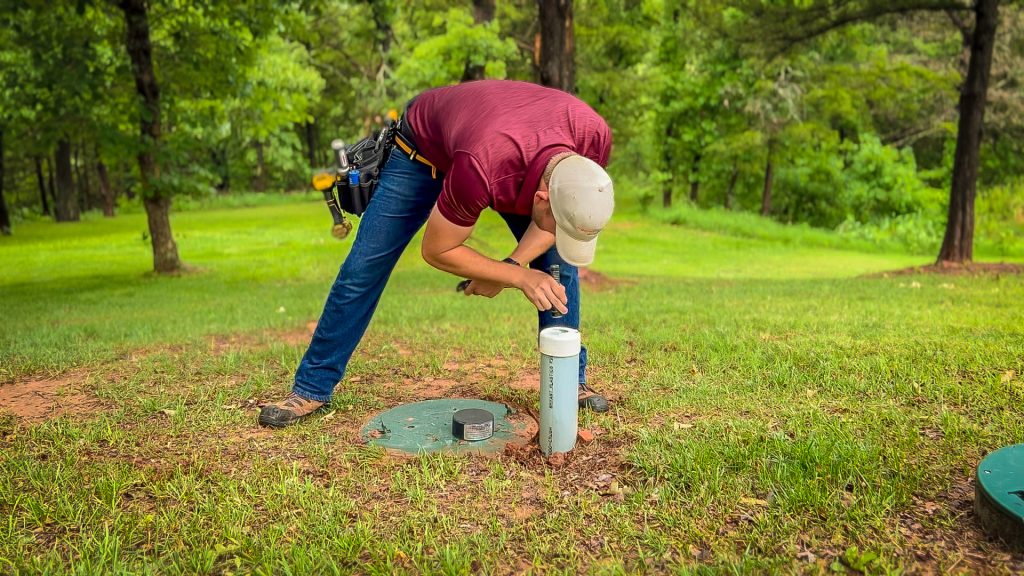
A visual check reviews only the surface and outside of the system. Inspectors check:
- Standing water around the tank or drainfield
- Signs of backup in plumbing
- Surface leaks or odors
This inspection does not require pumping.
Hydraulic Load Test
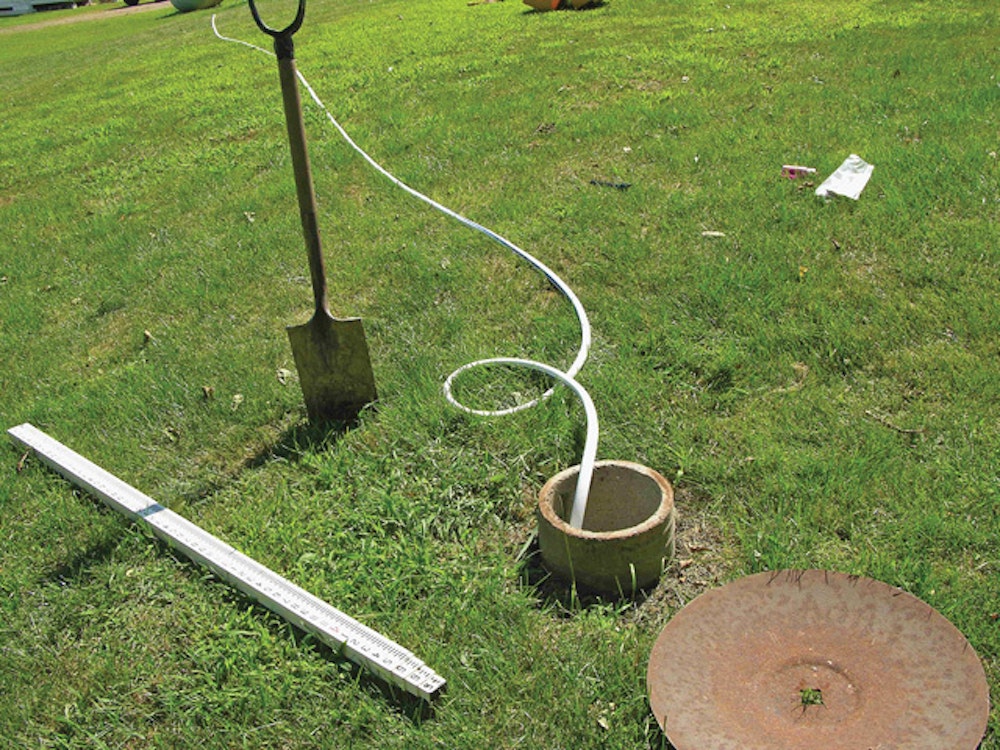
This test involves running water into the system to see if it handles normal household flow. It helps identify drainage issues.
Camera or Pipe Inspection
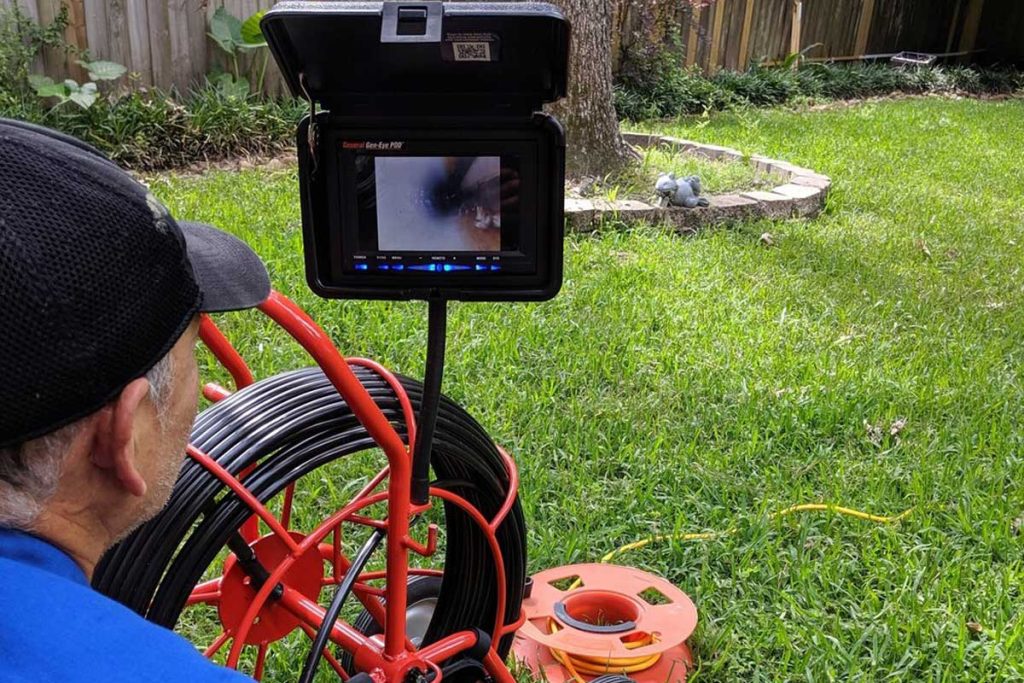
Cameras are sent into pipes and the tank inlet or outlet to view internal conditions. Inspectors can spot cracks, blockages, and damaged baffles without pumping.
Dye Test
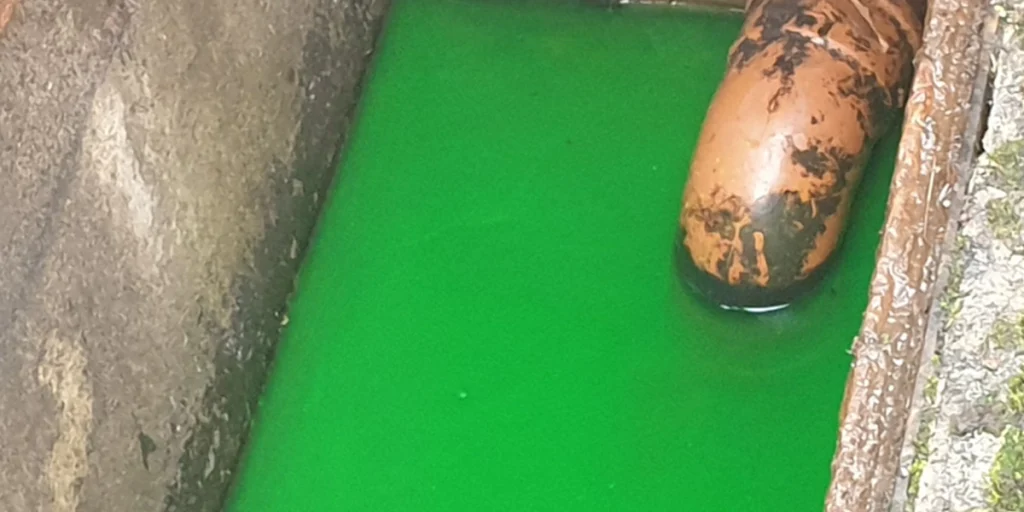
A harmless dye is flushed through the plumbing. Inspectors then look for the dye in the drainfield, which can indicate leaks or overflow.
When Pumping is Mandatory vs Optional
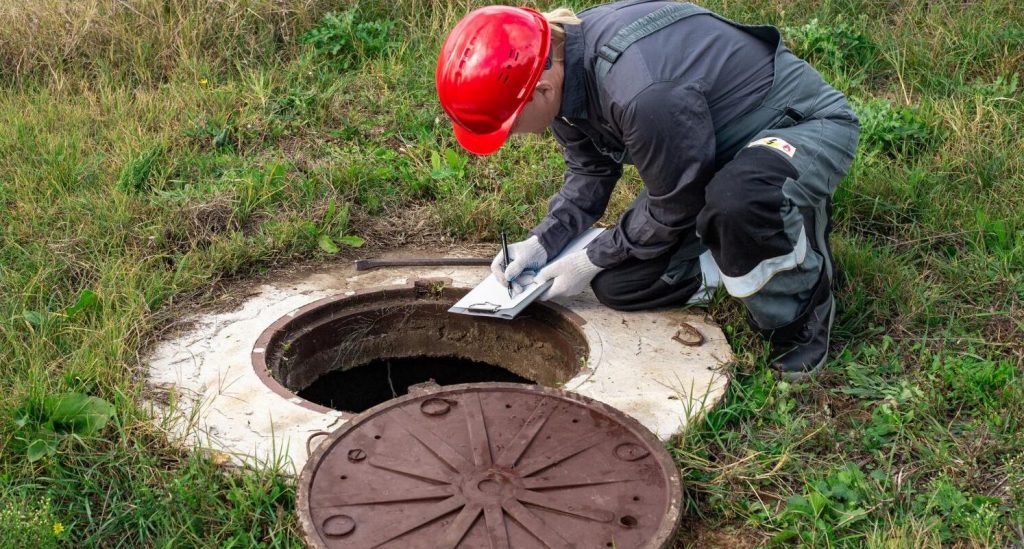
- Mandatory: Real estate transactions, severe backups, tank overfilled with solids
- Optional: Routine annual check, early-stage maintenance, confirming drainfield function
When Is Pumping Necessary for a Septic Inspection

Sometimes pumping is unavoidable.
Scenarios where pumping is required:
- Tank is near or at full capacity
- Real estate sales require full evaluation
- Solid buildup prevents proper measurement
- Suspected structural damage inside the tank
Skipping pumping in these cases can result in missed problems. For example, EPA and Louisiana guidelines recommend full pumping during property transfers to avoid hidden system failures.
Pros and Cons of Inspecting Without Pumping
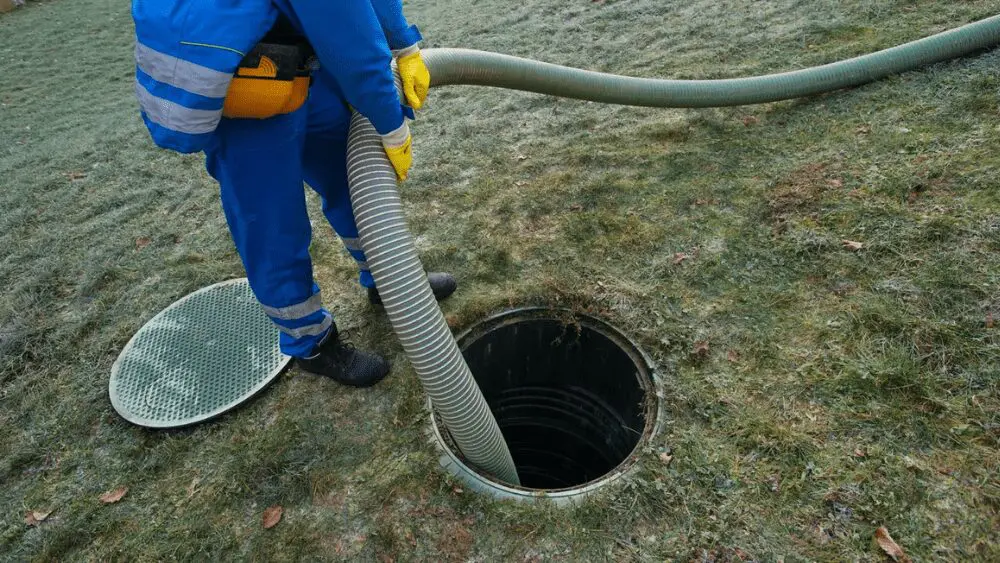
A balanced view is important for homeowners.
Pros
- Lower cost than full pumping
- Less invasive and quicker
- Can still identify many surface or drainage problems
Cons
- Cannot fully measure sludge depth
- Interior damage may go unnoticed
- Risks of missing early warning signs
Signs Your Septic Tank Needs Pumping Even After an Inspection
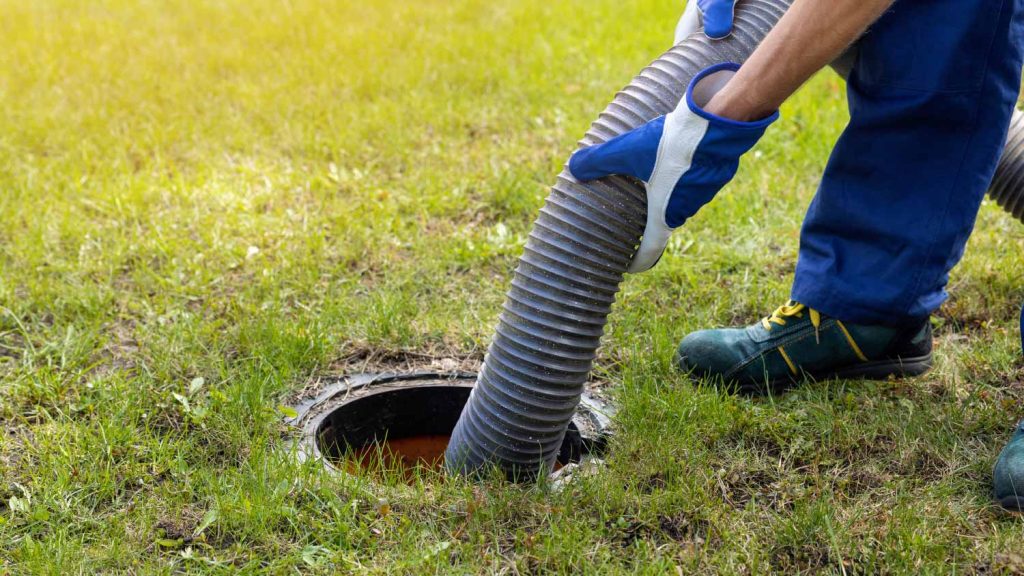
Even if an inspection is performed without pumping, homeowners should look for warning signs.
Indicators your tank needs pumping:
- Slow drains throughout the house
- Persistent foul odors indoors or outdoors
- Pooling water near the drainfield
- Sewage backup in toilets or sinks
These symptoms often mean solids have built up and inspection alone is not enough.
Cost Difference – Inspection Alone vs Inspection Plus Pumping
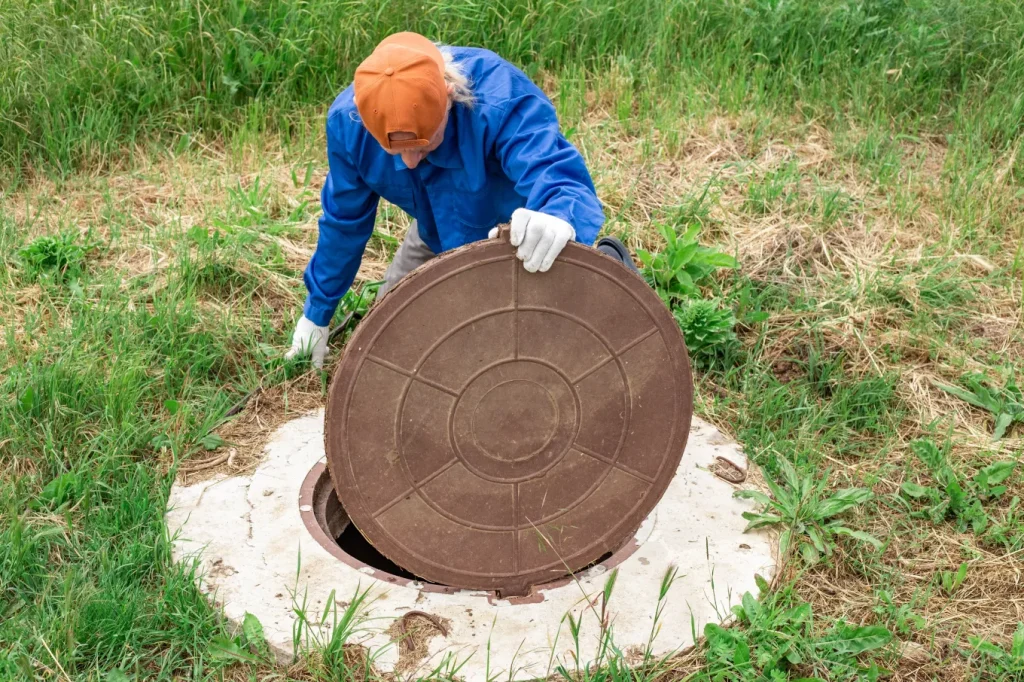
Septic service costs vary depending on location and method. In Louisiana, inspection alone typically costs $150 to $300. Adding pumping increases the price to $300 to $700 depending on tank size.
If you are comparing options, it helps to understand the cost of septic inspection on its own versus inspection with pumping. Cost savings are possible if pumping is not required, but long-term savings come from regular maintenance rather than postponing pumping. Regular inspections and timely pumping extend the life of the system and prevent expensive drainfield repairs.
Expert Recommendations for Louisiana Homeowners
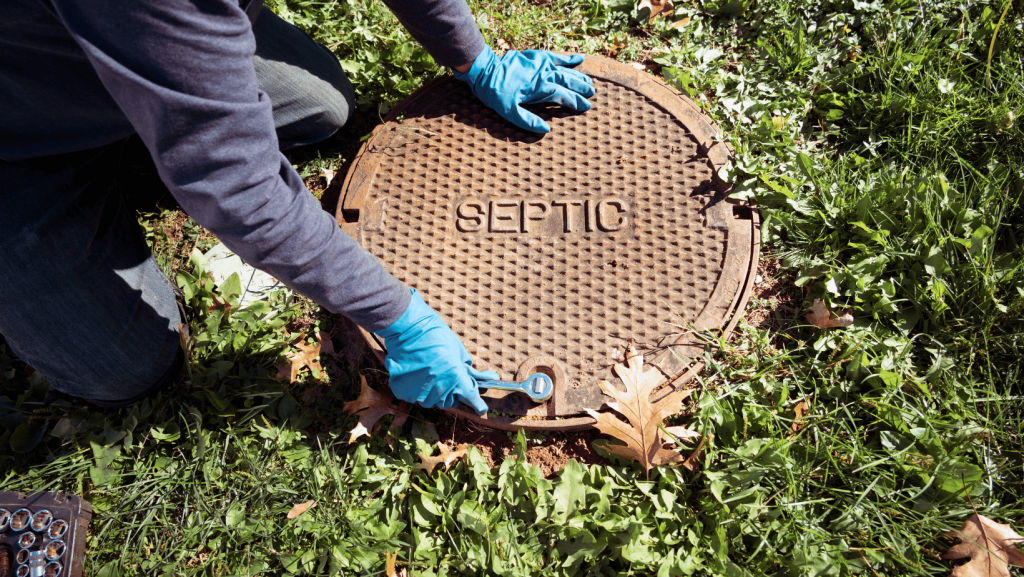
Septic tank care in Louisiana has unique considerations due to the climate and local rules.
- State regulations often require a full pumping inspection before real estate sales or loan approvals.
- Humid and wet weather increases the stress on drainfields, so inspections should be scheduled at least once every two years.
- Sewer Solutions recommends a pumping schedule every 3 to 5 years for most households.
- Always hire a licensed inspector familiar with Louisiana Department of Health guidelines.
Alternatives and Advanced Tools for Septic Inspections
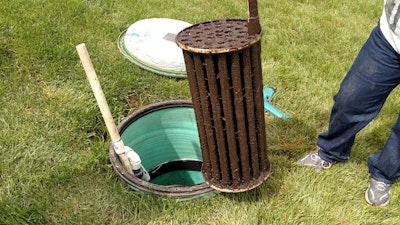
Modern tools now allow accurate inspections without full pumping.
- Dye tests identify leaks or overflow without opening the tank.
- Remote cameras capture interior footage of baffles and filters.
- Soil percolation tests review drainfield absorption.
- Electronic monitors track liquid levels and send alerts when maintenance is required.
These methods provide data that was once only possible after pumping. While not a full substitute in all cases, they are effective for routine monitoring.
FAQ Section